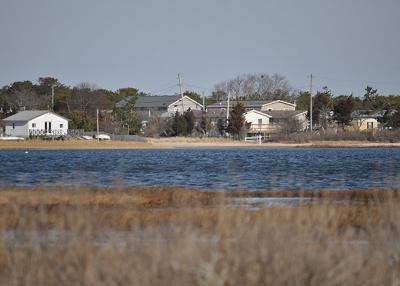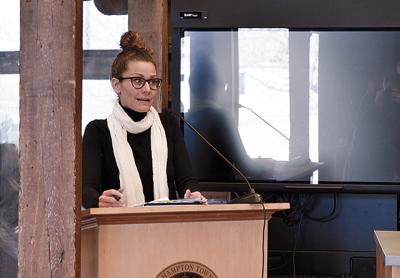Beach Permits Get Hearing
Beach Permits Get Hearing
The East Hampton Town Board has scheduled a public hearing next Thursday at which comment for or against an amendment to the town code that would require residents to obtain new permit stickers for parking and driving on beaches will be heard. The hearing will be held during the board’s meeting that starts at 6:30 p.m. in the meeting room at Town Hall.
Current stickers issued for parking and driving on beaches do not expire. Members of the board, mindful that more than 30,000 such permits have been issued — a number that exceeds the population of the town — have voiced the concern that many vehicles bearing current permits were subsequently sold to nonresidents, who would not be authorized to use them.
The town trustees, who manage common lands, including beaches, on behalf of the public, support the board’s plan to implement a new permit scheme.
Should the board vote to enact the amendment, new, color-coded beach vehicle permits would expire on Dec. 31 in years ending in 5 or 0. They would still be free to residents, while nonresidents, whose permits would expire at the end of every year, would be assessed $375.
Permits would become available sometime this year, become mandatory in 2020, and expire in 2025, Supervisor Peter Van Scoyoc said in December. Permits for 2025 to 2030 would become available in 2024, he said.
Another change would require that those operating a vehicle on the beach be equipped with a fire extinguisher, along with the tow rope or chain, jack, and spare tire required at present.
Councilman David Lys voted against scheduling the public hearing. His concern, he told his colleagues at a previous meeting, is that an amendment to the code at this time could have an unintended effect on a dispute over driving at a section of ocean beach on Napeague. Property owners adjacent to what is sometimes called Truck Beach filed a lawsuit seeking to enact restrictions on driving there. They were unsuccessful but have appealed the decision.





